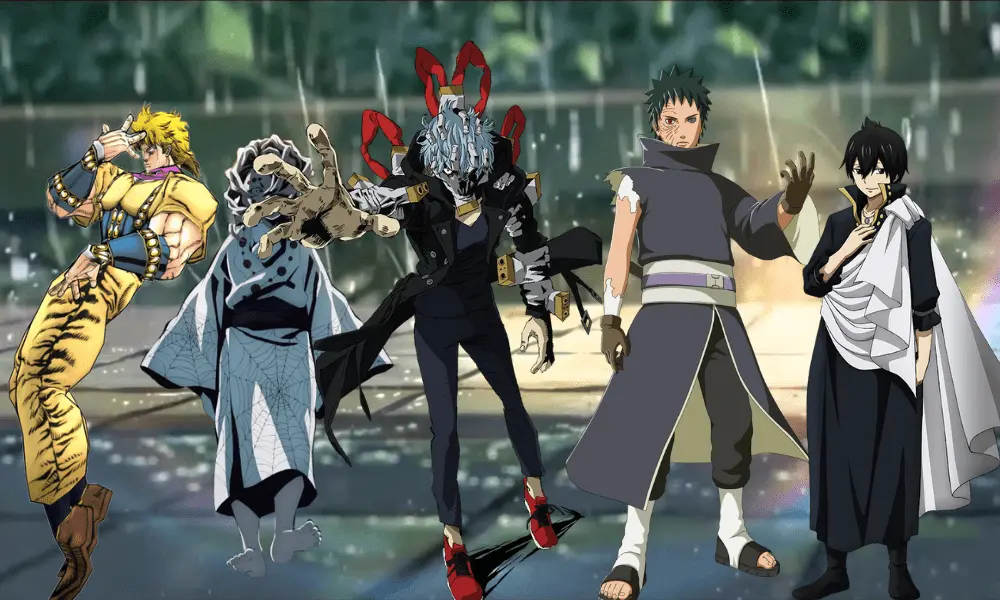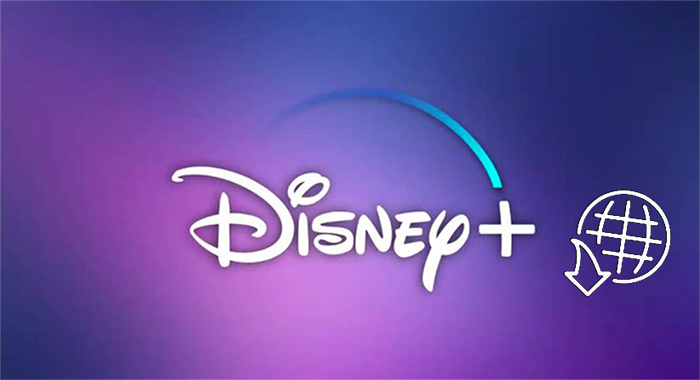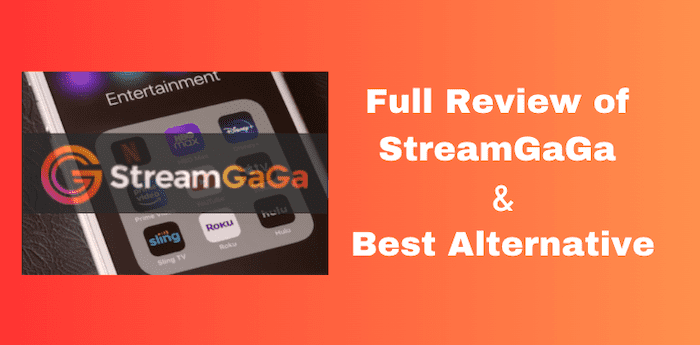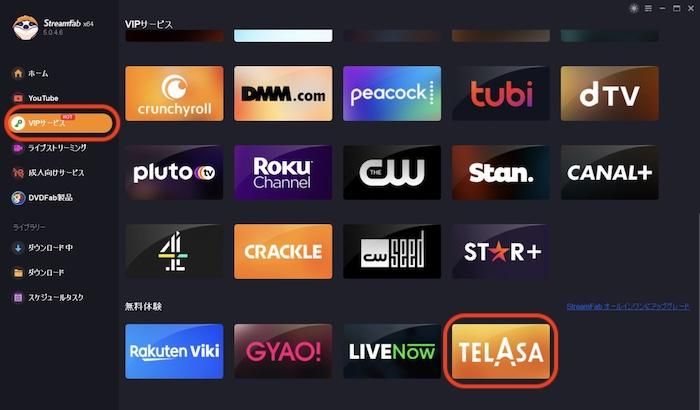Introduction
In recent years, there has been a growing trend in literature and media of having the main character also be the villain. This narrative technique subverts traditional storytelling norms and creates complex and dynamic characters that challenge the audience’s perceptions and expectations. One notable example of this trend is the novel series The Main Character is the Villain 23 chapter. In this article, we will explore the reasons behind the popularity of this storytelling technique, examine its benefits and drawbacks, and analyze how it can be utilized effectively in writing.
The Appeal of the Villainous Protagonist
Breaking the Mold
Traditionally, the protagonist is portrayed as the hero who fights against the antagonist, the villain. However, this black-and-white dichotomy fails to capture the complexity of human nature. People are not inherently good or evil; rather, they have the potential to exhibit both virtues and vices. By making the main character the villain, writers can explore the gray areas of morality and delve deeper into the psyche of their characters.
Relatability
Another reason why the villainous protagonist has gained popularity is that it makes the character more relatable. While readers may not condone the actions of the protagonist, they can empathize with the motivations behind them. The audience can see themselves in the character, understand why they make certain choices, and even root for them despite their flaws.
Psychological Depth
Having the main character also be the villain allows writers to develop characters with greater psychological depth. The audience can witness the inner turmoil of the protagonist as they struggle with their conflicting desires, goals, and values. This internal conflict adds an extra layer of complexity to the story and makes the characters feel more fleshed out and realistic.
The Benefits of Using the Villainous Protagonist
Unique Perspective
One of the biggest advantages of having the main character also be the villain is the unique perspective it provides. By seeing the story through the eyes of the antagonist, the audience gains insight into their motivations, fears, and desires. This can create a more engaging and thought-provoking narrative that challenges the reader’s assumptions and biases.
Subverting Tropes
Another benefit of using the villainous protagonist is that it subverts traditional storytelling tropes. The audience expects the hero to triumph over the villain, but this narrative convention can become stale and predictable. By flipping the roles and making the protagonist the villain, writers can introduce new twists and turns that keep the audience engaged and invested in the story.
Greater Character Development
Having the main character also be the villain can lead to greater character development. As they confront their own flaws and psychological issues, the protagonist grows and changes throughout the story. This character arc can be more compelling than that of a traditional hero, who often starts the story as a paragon of virtue and ends up largely unchanged.
The Drawbacks of Using the Villainous Protagonist
Alienation of the Audience
While a villainous protagonist can be relatable, there is also the risk of alienating the audience. Readers may find it difficult to empathize with a character who commits heinous acts or has twisted moral values. This can create a disconnect between the audience and the story, leading to decreased engagement and interest.
Moral Ambiguity
The use of a villainous protagonist can also create moral ambiguity in the story. While this can be an asset in terms of character complexity, it can also make it difficult for readers to understand the message of the story. If the protagonist’s actions are never explicitly condemned or punished, the audience may interpret this as the author endorsing their behavior.
Difficulty in Execution
Finally, the use of a villainous protagonist can be difficult to execute effectively. It requires careful attention to character development and motivation to avoid creating a one-dimensional character or a story that lacks coherence. Additionally, writers must walk a fine line between making their protagonist relatable and sympathetic without excusing or condoning their actions.
How to Effectively Use the Villainous Protagonist
Clearly Define Motivations and Goals
To create a compelling villainous protagonist, it is essential to clearly define their motivations and goals. What drives the character to commit evil acts? What do they hope to achieve through their actions? By answering these questions, writers can create a character with depth and complexity that is more than just a caricature of evil.
Show Consequences for Actions
Another way to use the villainous protagonist effectively is to show the consequences of their actions. While the audience may empathize with the character’s motivations, they must also see the harm caused by their behavior. This can create tension and conflict within the story and prevent the reader from becoming too invested in the protagonist’s success.
Give the Antagonist Agency
Avillainous protagonist can only be effective if they have agency and the ability to shape the events of the story. They should not simply be reacting to the actions of other characters or external forces but actively driving the plot forward. This can create a sense of unpredictability and keep the reader engaged in the story.
Use Supporting Characters
Supporting characters can also play an important role in creating a compelling villainous protagonist. They can provide a foil to the main character, offering a different perspective on their actions and motivations. Additionally, supporting characters can serve as a moral compass, highlighting the consequences of the protagonist’s choices and actions.
Show Growth and Change
Finally, for a villainous protagonist to be successful, they must show growth and change throughout the story. While the character may not become a traditional hero by the end of the narrative, they should learn from their experiences and evolve in some way. This can give the audience a sense of satisfaction and closure at the end of the story.
The Main Character is the Villain 23 Chapter: A Case Study
“The Main Character is the Villain 23 Chapter” is a novel series that employs the use of a villainous protagonist. The story follows the journey of Jackson, a ruthless businessman, as he navigates the cutthroat world of corporate America. Throughout the series, the audience witnesses Jackson’s rise to power and the moral compromises he makes along the way.
While the series has been praised for its complex characters and engaging storyline, it has also faced criticism for its glorification of unethical business practices. Some readers feel that the author fails to condemn Jackson’s actions strongly enough, leading to a moral ambiguity that undermines the message of the story.
Overall, “The Main Character is the Villain 23 Chapter” is a prime example of how the use of a villainous protagonist can create a complex and engaging narrative, but also run the risk of alienating the audience and creating moral ambiguity.
FAQs
Q1: Can a villainous protagonist be redeemed by the end of the story?
A: While it is possible for a villainous protagonist to be redeemed by the end of the story, this is not always necessary or desirable. The character may still be flawed and morally ambiguous, but they should show some growth and change throughout the narrative.
Q2: How can writers avoid glorifying unethical behavior in their villainous protagonists?
A: To avoid glorifying unethical behavior, writers should clearly show the consequences of their protagonist’s actions and provide a moral compass through supporting characters.
Q3: Are there any specific genres that lend themselves well to a villainous protagonist?
A: While a villainous protagonist can be used effectively in any genre, it is particularly common in crime fiction, horror, and fantasy.
Q4: Is it possible for a villainous protagonist to be too evil for readers to empathize with?
A: While it is possible for a villainous protagonist to be too evil for readers to empathize with, this is not necessarily a negative aspect of the story. It can create a sense of tension and conflict that keeps the reader engaged.
Q5: What are some common pitfalls to avoid when using a villainous protagonist?
A: Common pitfalls include creating a one-dimensional character, failing to condemn their actions, and making the story too morally ambiguous. It is also important to give the antagonist agency and clear motivations.
Conclusion
The use of a villainous protagonist is a storytelling technique that has gained popularity in recent years. By subverting traditional norms and creating complex and dynamic characters, writers can engage the audience and challenge their perceptions of morality. However, this technique also presents challenges, such as the risk of alienating the audience or creating moral ambiguity. When executed effectively, however, a villainous protagonist can create a compelling and thought-provoking narrative that resonates with readers long after the story has ended.


















+ There are no comments
Add yours